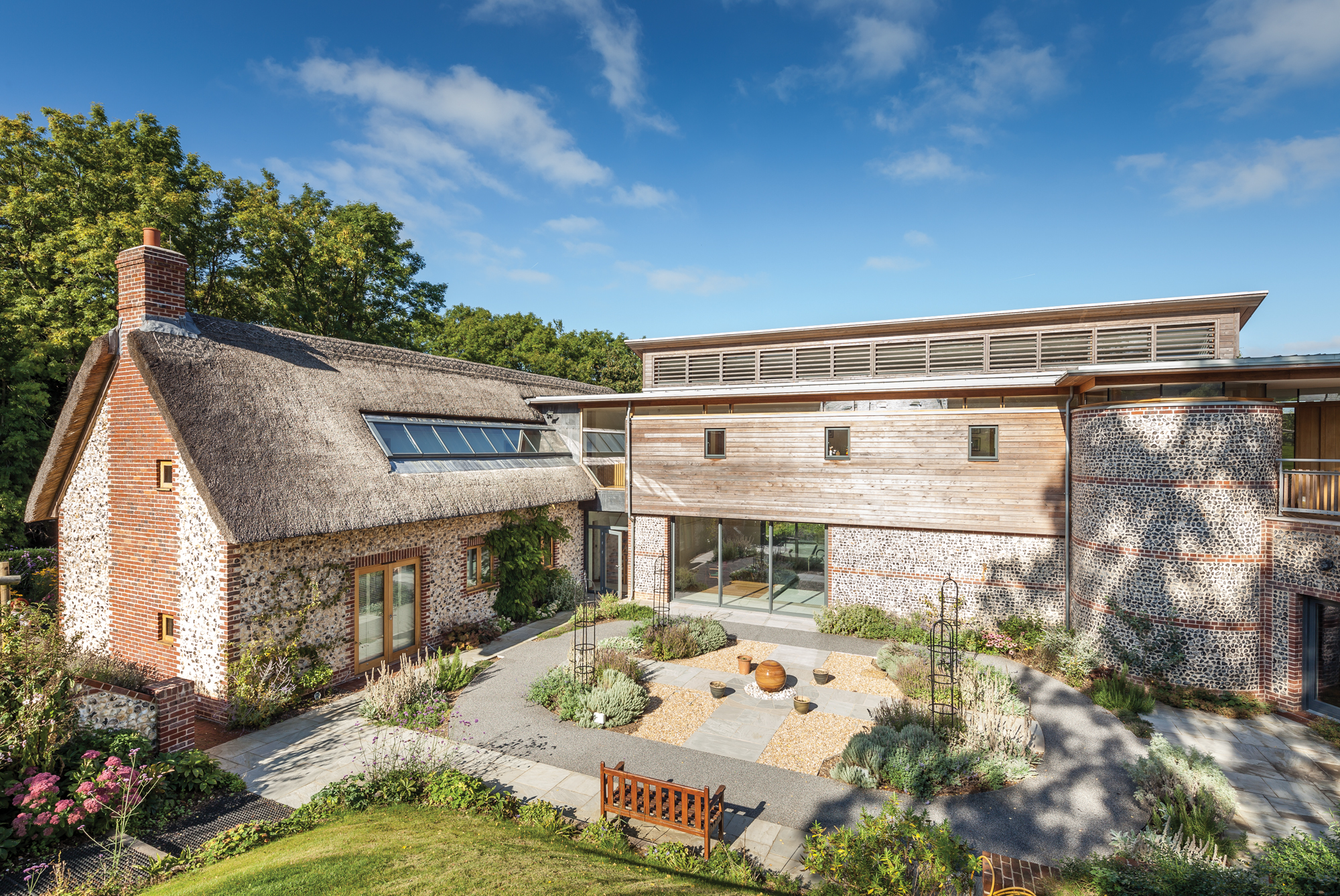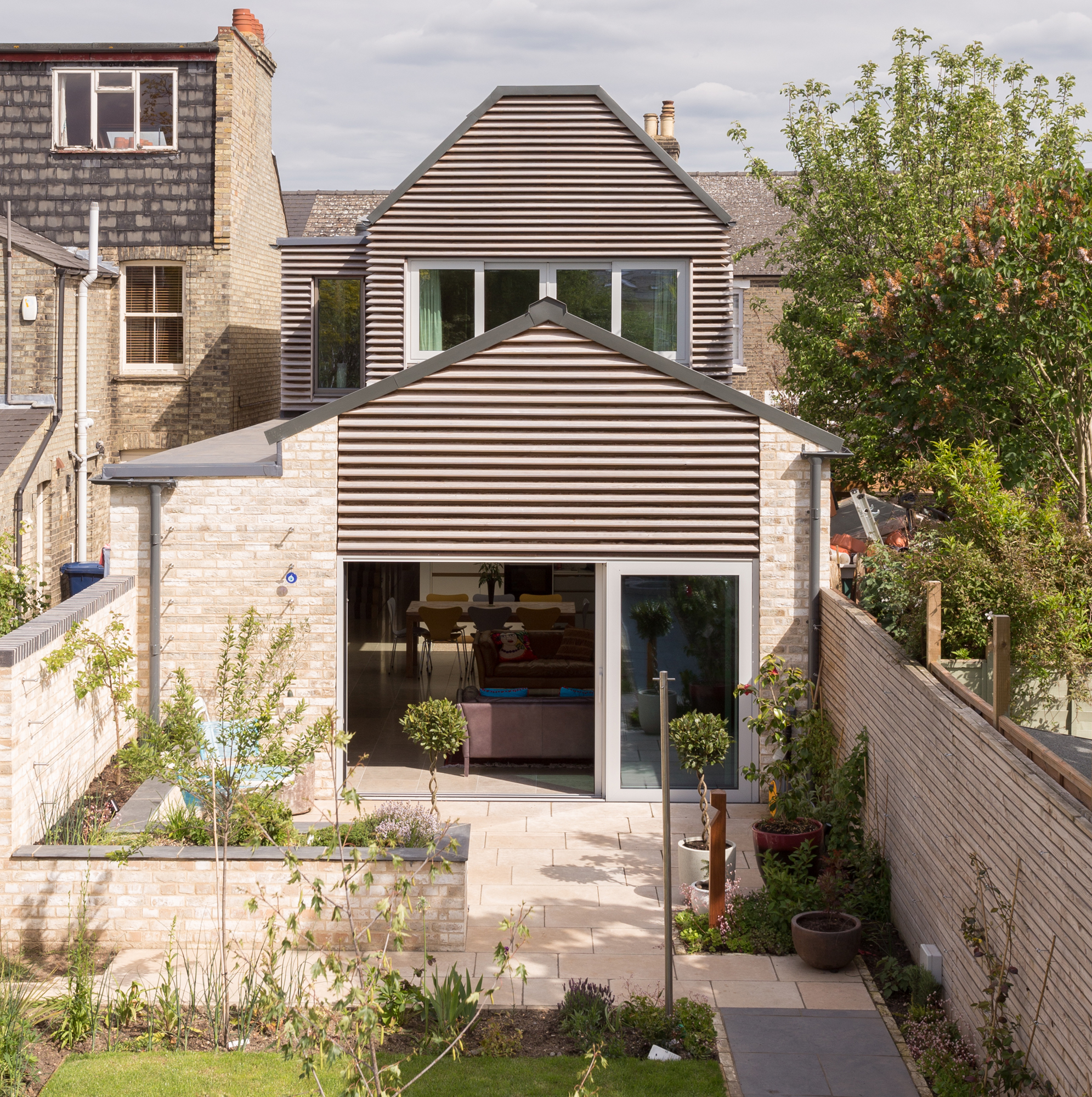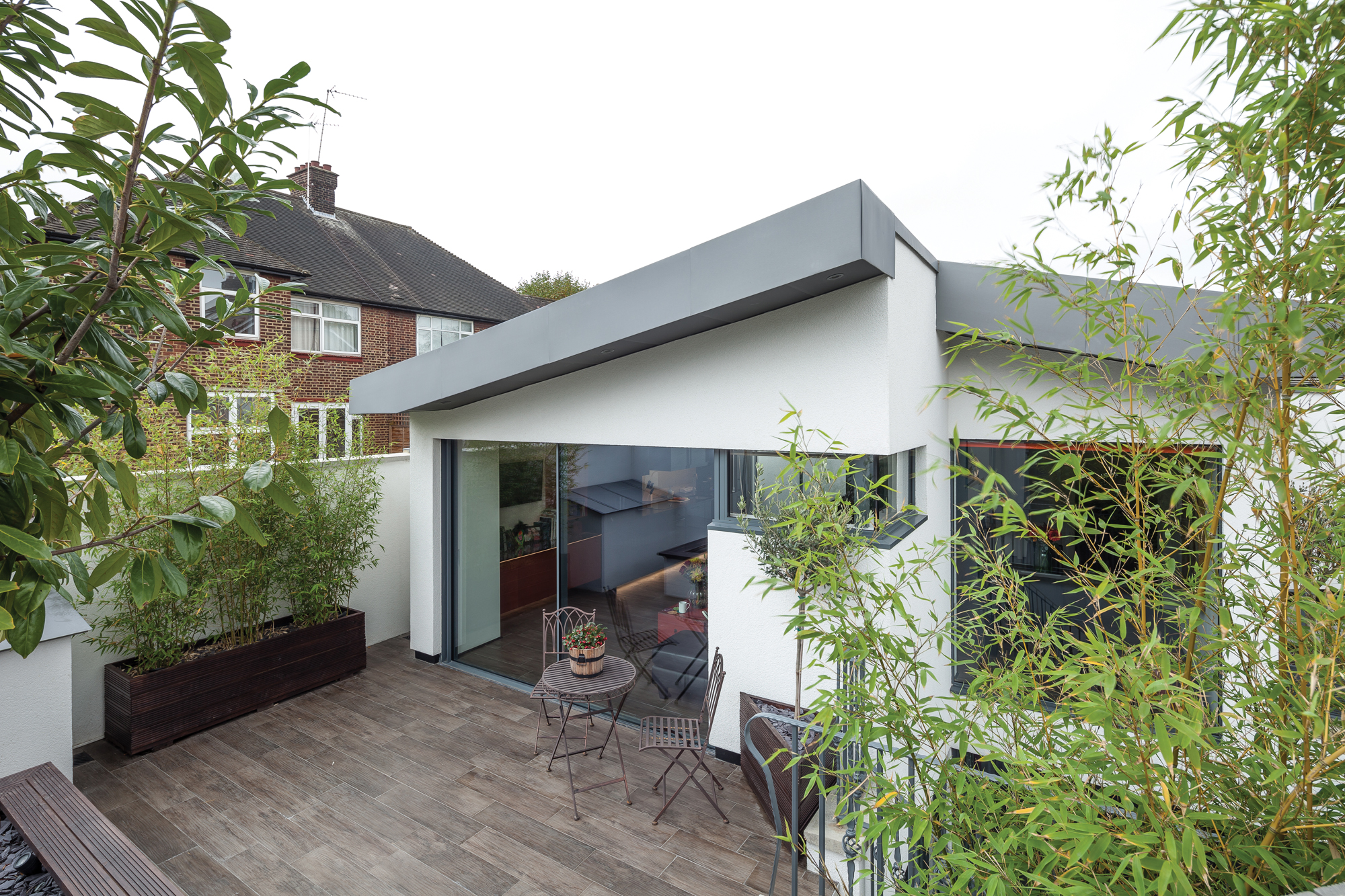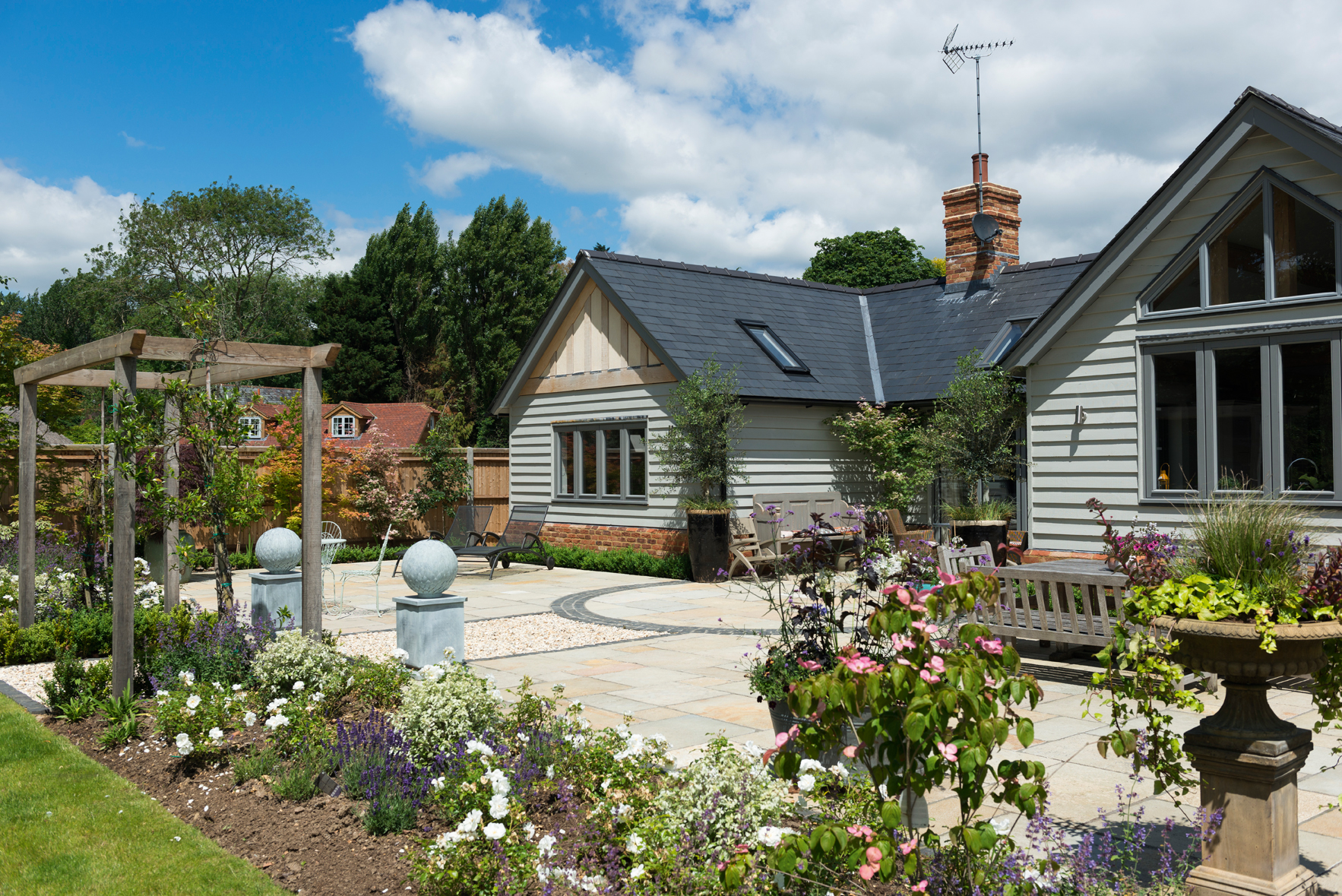Accessible Garden Design: 8 Landscaping, Paving and Planting Ideas
Accessible garden design is an important consideration for futureproofing any home. Here's what you need to consider during your landscaping project

Accessible garden design is something everyone should consider, no matter whether accessibility is high on the agenda of the garden's everyday users. If there is any space which should automatically be inclusive then it is the garden.
The garden is often cited as a sanctuary — a space to unwind, relax and escape to. Therefore it goes without saying that all the gardens we create should be physically accessible to all.
These simple design solutions should help you create a garden space which is welcoming, easy to enjoy and has aspects designed in that can adapt to our changing physical abilities.
Specialist garden spaces for those with severe restrictions of movement or disability require careful planning, along with guidance from landscape professionals who specialise in this particular field. This valuable knowledge, alongside planning and implementation guidance, is necessary to abide by regulations for ramps, accommodate specialised equipment and correctly incorporate widths necessary for mobility aids. This type of work is not for the inexperienced, so if in doubt consult an expert.
(MORE: Lifetime Homes)
However, for less specialist adaptations and considerations for making your garden easier to traverse, tend to and enjoy, for everyone, we've curated 8 of the best ideas.
Layout Ideas for Accessible Garden Design
Layout is key in an accessible garden design. Here's three ideas for making sure your garden set-up fits the bill.
1. Choose Ramps Over Garden Steps
When it comes to thinking about garden steps ideas for your outdoor space, consider ramps instead of steps. They will make long-term access for you, and also access for those with restricted mobility, much easier, ensuring your garden can be used by everyone.
Ramps should have a gentle gradient and though they take up slightly more space than steps they are much easier to navigate in all weather conditions and can have continuous length handrails fitted.
(MORE: Sloping Garden Ideas)
2. Raised Bed Design for Accessible Gardens

Raised beds should be used throughout an accessible garden design over floor level planting. Beds built to a decent height of at least 500mm are suitable. New beds will also allow you to import good quality sterilised soil, which will reduce the weeding in the first year.
3. Paving Ideas for an Accessible Garden Design
When planning new terraces or paved walkways, try these simple garden paving ideas to ensure the spaces look good and are a joy to live with. Loose aggregates are not easy to walk on or push anything across, so these should be limited in their use to secondary access routes and places where there is no alternative.
Porcelain paving, although long lasting, can become slippery and for major routes from the house to the car should also be avoided. Where possible look for slightly textured paving: it could be cast concrete, although this can age badly, or natural stone or hardwearing slate. This choice of paving will need an annual clean but provided you select a ‘riven’ finish then the natural texture will be more robust underfoot and also look good for many years.
4. Level Thresholds

Consider level thresholds for an accessible home connecting your indoor and outdoor space to allow access for wheelchair users and decrease trip hazards. Planning an accessible garden at the same time as a self build or extension will make this easier, and using the same material for inside and outdoors is a clever way to ensure this transition appears almost seamless.
Low Maintenance Hacks for Accessible Gardens
Low maintenance garden ideas are worth considering for an accessible garden, and reducing the strains of actual gardening can also make for a space which has long-lasting appeal.
Among the most labour-saving decisions any garden owner can make is to use weed control fabrics, mulch and install a watering system. All of these solutions can improve the longevity of your relationship with a garden and increase its usage for those with limited mobility.
5. Weed Control
Any borders which are predominantly shrub-based will take a few years to ‘fill out’. Therefore without a weed control membrane the chances are you will be spending considerable amounts of time weeding. The fabric can be made from self-rotting material (the best choice for organic gardening), woven plastic or recycled materials such as old carpet.
Once pinned to the ground it can then be covered with bark chips which will reduce the weeding considerably
6. Mulching
There is a lot of research currently into mulching for a ‘purpose’ that is beyond just covering soil to retain moisture and reducing weed competition.
Some research says that if you have an aged tree which is not in the best of health then a mulch made of willow bark (from the Salix family), the plant from which we derive aspirin, will actually increase the chances of recovery. Other single species mulches have shown promise in increasing crop yields.
7. Irrigation
Many may think an irrigation system is a luxury, but it is proven that a correctly installed and managed watering system can improve the growth rates of plants by consistently giving the same volume of water while reducing household water usage.
Overall this means that not only is an irrigation system labour-saving, but over its lifespan its initial investment is repaid through a reduction in water wastage and bills.
There are several different types of systems on the market, from specialist installations to self-installed leaky pipes and drip feeders. Spend some time researching and asking questions in good garden centres and independent retailers to get a system you feel comfortable with and is right for your garden.
If you are combining mulches and irrigation systems then ensure the irrigation is laid under the mulch so the soil is wetted first, not the mulch.
Planting Design for Accessible Gardens
8. Best Plants for an Accessible Garden

As a rule of thumb, useful plants need more than one season of interest, especially if space is limited. Small garden trees, such as Mespilus, or crab apples such as Malus transitoria are ideal as they provide a habitat for small garden birds and they have flower, autumn foliage colour and fruit.
With woody shrubs, which make up the backbone of garden planting from boundaries to privacy, the same rule needs to apply — choose a shrub which flowers, has good autumn colour or is evergreen and has interesting shapes.
For a labour-saving garden or space which is about being easy to live with and accessible, annuals are far from ideal. Instead hardy herbaceous perennials with long flowering seasons such as hardy geraniums, Gaura and Achillea are best. They also don’t need staking or regular dead-heading, meaning labour requirements are low.
We all love seasonal interest in our gardens but if you want to keep it easy then as a final rule of thumb fall in love with house leeks. Unlike their close relatives, the succulents, they are winter hardy, meaning they can be left in pots outside all year, they’ll reward you with rosettes of leaves from burnt red through to cobweb-laden jade green, and will look great on an outdoor table.
Get the Homebuilding & Renovating Newsletter
Bring your dream home to life with expert advice, how to guides and design inspiration. Sign up for our newsletter and get two free tickets to a Homebuilding & Renovating Show near you.
Paul is an award-winning landscape designer. An experienced designer, his diverse range of work has included everything from small courtyards to large country gardens, as well as public spaces, both in the UK and internationally.
He studied at The Royal Botanic Garden Edinburgh, giving him the opportunity to learn about plants and plant habitats from some of the most knowledgeable and inspiring plantsmen in the world. He created his first show garden at Malvern Autumn Show in 2008, and has since created show gardens at the Chelsea Flower Show and Hampton Court, alongside being invited to exhibit internationally in United States, France, New Zealand, Japan and Australia. (In 2022, he designed The Brewin Dolphin Garden at the Chelsea Flower Show.)
Since 2015, he has been a RHS Gardens Judge and chaired judging at all of the RHS Flower Shows including RHS Chelsea Flower Show. He has also worked with Marks & Spencer and Bradstone to create garden products, and has written for The Telegraph and Homebuilding & Renovating magazine.
